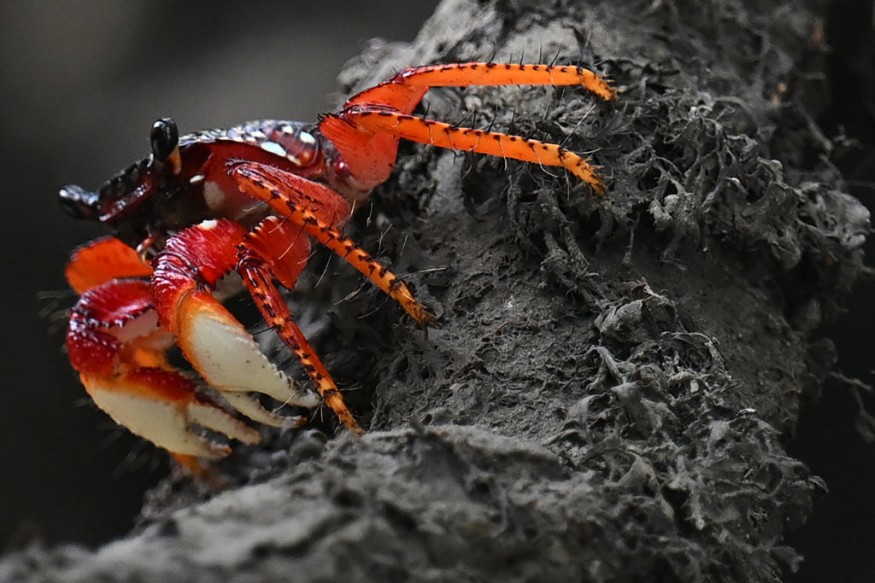Billions of snow crabs have vanished from the waters near Alaska in recent years, and scientists believed that the warmer ocean temperatures likely starved them to death.
The finding comes just days after the Alaska Department of Fish and Game suspended the snow crab harvest season for the second year in a row, citing an excessive quantity of crabs missing from the Bering Sea's generally chilly, hazardous waters.

Maritime Heat Waves
The study, released by National Oceanic and Atmospheric Administration scientists, discovered a substantial correlation between recent maritime heat waves in the eastern Bering Sea and the unexpected disappearance of snow crabs.
Scientists first noted a significant decrease in the quantity of snow crabs during a survey in 2021, which "found the fewest snow crabs on the eastern Bering shelf since the survey began in 1975," according to the report.
Cody Szuwalski, lead author of the study and fishery biologist at NOAA, said they examined north of the Bering Sea, west toward Russian waters, and even deeper into the oceans and "ultimately concluded that the crabs did not move and that the mortality event was most likely a major driver."
Warmer temperatures and higher population density were shown to be strongly associated with higher mortality rates among mature crabs. The cause of the mortality event is hungry crabs.
Snow crabs are cold-water animals that live mostly in places with water temperatures below 2 degrees Celsius, while they can function in seas as warm as 12 degrees Celsius.
Warmer ocean water is believed to have disrupted the crabs' metabolism and raised their calorie requirements.
Researchers discovered that the amount of energy crabs need from food in 2018--the first year of a two-year maritime heat wave in the region--may have doubled compared to the previous year.
However, because the heat disrupted much of the Bering Sea's food web, snow crabs had a difficult time hunting for food and couldn't keep up with the caloric demand.
Read Also : Climate Change and Hypoxia: Blue Crabs More Resilient to Dead Zones Than Previously Thought
Climate Crisis Impacting Livelihood
Researchers said that the implications of fast rising ocean temperatures and more frequent heat waves in reaction to climate change are difficult to forecast, but the snow crab die-off is "a prime example of how quickly the outlook can change for a population."
What's occurring with Alaska's crabs is proof that the climate problem is intensifying and affecting livelihoods, according to Szuwalski.
"This was kind of an unexpected, punctuated change in their populations," he said. "But I think long term, the expectation is that the snow crab population will move north as the ice recedes and in the eastern Bering Sea, we probably won't see as much of them anymore."
The consequences of maritime heat waves are likely to be felt by creatures other than snow crabs.
Scientists often use historical data to predict and prepare for future developments.
However, the future increasingly features catastrophes that have never been recorded before, such as the snow crab population collapse, making them more difficult to prepare for.
Related Article : Popular Seafood Crabs Disappearing, Losing Sense of Smell: Climate Change Likely a Culprit [Study]
Related Video:
© 2025 NatureWorldNews.com All rights reserved. Do not reproduce without permission.





